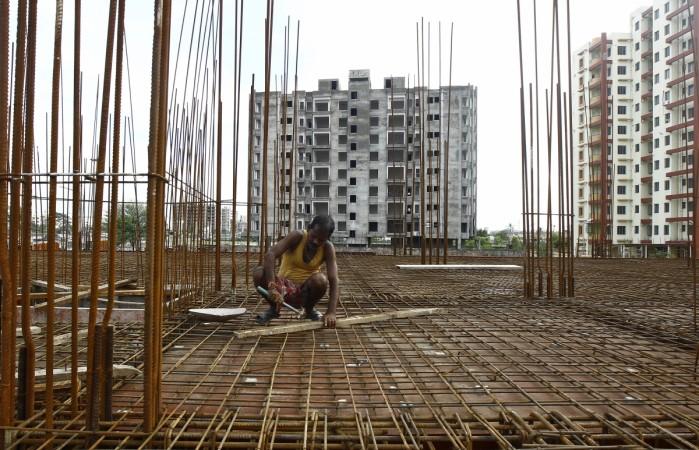
The Reserve Bank of India's ban on banks to invest in infrastructure bonds has stalled Modi's dream of infrastructure development of India by 2022.
In order to raise the bond funding from $8.3 billion to $9.9 billion in infrastructure bonds, RBI needs to lift the ban put up on banks, allowing them to buy any new bonds, pointed out analysts.
Axis Bank investments and capital markets Head Shashikant Rathi said as banks are "market makers" and biggest investors of corporate bonds, other investors rely on these banks at times for investment.
"If banks are not allowed to invest in these senior infrastructure bonds then other investors like mutual funds would be sceptical buying them since they wouldn't be sure of being able to sell them if liquidity need arises," Reuters quoted Rathi.
RBI's recent guidelines to banks, barring them from buying each others' bonds, has become a hurdle in the way of Prime Minister Narendra Modi's dream of developing India by making available concrete houses for every family by 2022.
Depending on bond market for infrastructural project, Modi government asked banks in July "to issue bonds to fund infrastructure by exempting these bonds from reserve requirements, in order to enable them to extend cheaper loans to the cash-starved sector," according to Reuters.
However, RBI a week later banned Indian banks from buying new infrastructure bonds issued by any other banks as a measure to avoid risks caused by "circular trading," which allows lenders to buy each other's bonds.
This move was taken in a hope to allow insurers, pension funds and mutual funds to participate as bigger investors. However, analysts do not agree with RBI's move and said the ban has made the secondary market illiquid, which would prevent creation of a deeper market.





!['Kaise ho bhai..': PM Modi shook hands with Akshay Kumar at a media summit in Delhi [Watch]](https://data1.ibtimes.co.in/en/full/806317/kaise-ho-bhai-pm-modi-shook-hands-akshay-kumar-media-summit-delhi-watch.jpg?w=220&h=138)






